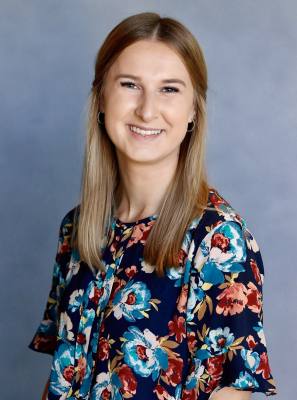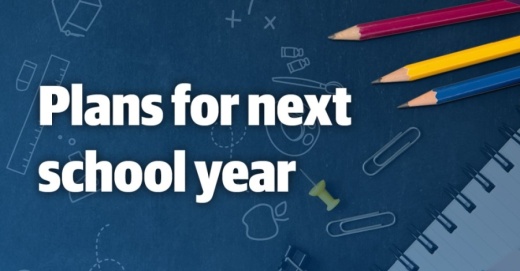The district shared its plan for two-option learning at a special meeting July 8 and expects to have additional information and option selection for parents available beginning July 15.
A student will be enrolled full-time into either option, with a minimum enrollment of one grading period, or nine weeks of the school year. If a student would like to switch from one option to the other at the end of the grading period, a two-week notice will be required, according to the meeting’s presentation.
For in-person learning, additional safety protocols will be implemented at each campus. Depending on the level of transmission within the community, the district will implement its five levels of protocols, ranging from “no mitigation” to “shelter in place.”
“Significant mitigation,” one level below the district’s “shelter in place” guidelines, includes required face coverings, temperature screenings, revised classroom arrangements and the closure of common areas, among other safety precautions.
“We truly believe that the best version of education is in-person,” Superintendent Kevin Rogers said.
Full-time virtual students will follow a more rigorous schedule than what was offered this spring, and classes will use the district’s standard grading system, Rogers said. These students will have some live classes and will be expected to be online for roughly six hours a day. Teachers will be assigned to solely teach the virtual courses.
For those in middle school and high school who choose the virtual option, there will be opportunities for some in-person classes, including UIL electives and high school electives that have no online alternative. All core classes will be available online.
For kindergarten through fifth grade students, the Dual Language Pathway courses will be offered only in person. In addition, prekindergarten is offered virtually for only a half day.
Special Education students will also have the option to learn virtually or in-person. Because staff often need to be in closer proximity to students and students may not be able to wear masks in class, protocols have been adapted and additional sanitization will take place.
“[We] developed a safe and responsive way to bring our students with disabilities, including those who benefited the least from at-home learning, ... to bring them back to in-person learning,” said Kathy Talbert, chief executive director of Special Education.
Staffing will be based on the parent decisions for virtual or in-person learning at the start of the 2020-21 school year, making a definite decision for every student important, Rogers said. If a decision is changed, the district must be notified in advance, he said.
The sooner parent decisions are finalized, the sooner teachers will know whether they will be teaching a virtual or in-person classroom.
The district’s calendar is expected to keep its current start date in August, but in-person school days will likely have time added to the end of the day to “bank,” or save up, extra time. This will allow for anywhere from one to three weeks of closure without pushing the calendar’s end date beyond Memorial Day.
Detailed information on meals, buses, desk partitions, cleaning and other daily procedures will be shared with staff and families soon, Rogers said.
“We have the detail,” Rogers said. “We just didn’t feel like we could spend six hours going through it [today].”
In addition, information about requirements to re-enroll a student in the Texas public school system will be shared with parents who may want to homeschool for the 2020-21 year.
LISD had also prepared plans for hybrid learning in case the state were to limit capacity in schools. Recently released guidelines from the Texas Education Agency only allow for hybrid plans within the first three weeks of school, so the district currently does not plan to use a hybrid option, Rogers said.
The economic impacts of the two learning options will be discussed at another meeting July 14, Rogers said.
Roughly four task groups worked together on the tentative plans discussed July 8. Those plans, as well as any made in coming weeks and months, could change at any minute because of the nature of the coronavirus pandemic, he said.
“Much of what we’ve discussed today is tentative and could certainly change,” Rogers said. “I know that frustrates many people because it frustrates me too. Every time we answer one question, it seems to lead to about five new questions ... That's the way this has been ever since COVID-19.”





